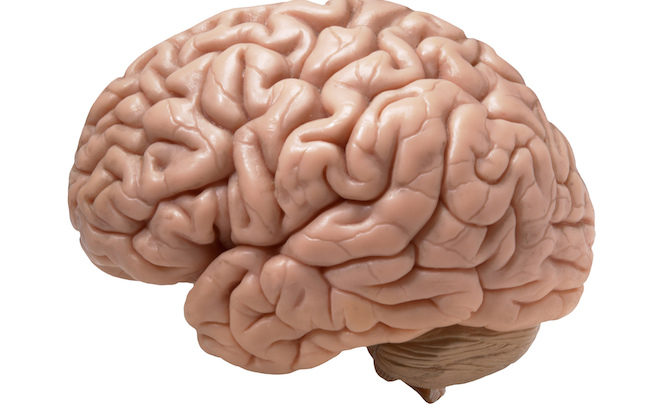Researchers have, for the first time, decoded and predicted the brain activity patterns of word meanings within sentences, an advancement that may help brain injury and stroke patients communicate better.
The study used functional magnetic resonance imaging (fMRI) to measure human brain activation where researchers successfully predicted what the brain patterns would be for new sentences.
“Using fMRI data, we wanted to know if given a whole sentence, can we filter out what the brain’s representation of a word is — that is to say, can we break the sentence apart into its word components, then take the components and predict what they would look like in a new sentence,” said Andrew Anderson from University of Rochester in the U.S. “We found that we can predict brain activity patterns — not perfectly [on average 70 per cent correct], but significantly better than chance,” said Mr. Anderson.
The study makes key advances towards understanding how information is represented throughout the brain.
“First, we introduced a method for predicting the neural patterns of words within sentences — which is a more complex problem than has been addressed by previous studies, which have almost all focused on single words,” said Mr. Anderson.
‘Novel approach’
“And second, we devised a novel approach to map semantic characteristics of words that we then correlated to neural activity patterns,” he said.
To predict the patterns of particular words within sentences, researchers used a broad set of sentences, with many words shared between them.
For example, “the green car crossed the bridge,” “the magazine was in the car,” and “the accident damaged the yellow car.”
The fMRI data was collected from 14 participants as they silently read 240 unique sentences.


Leave a comment